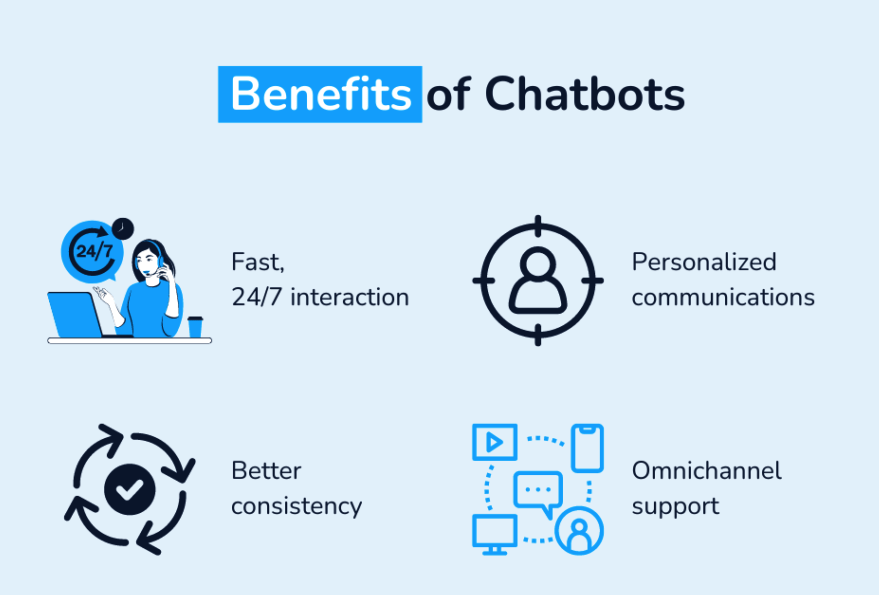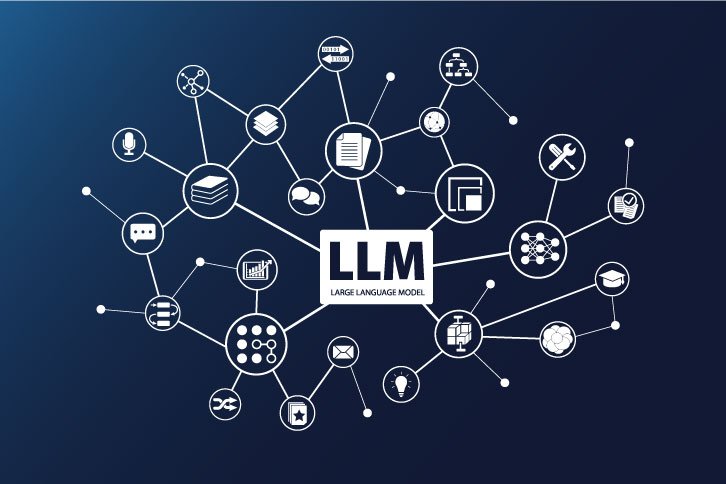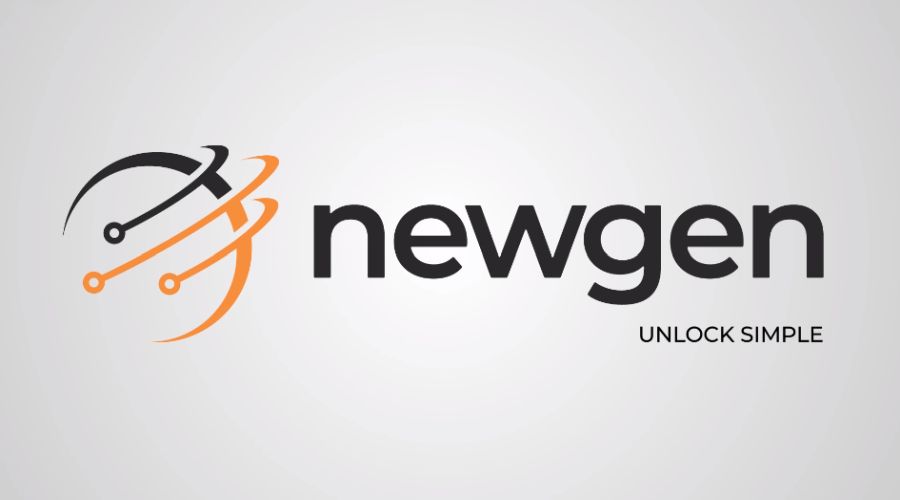Large Language Models (LLMs) are transforming how Web3 companies communicate with the customers as well as manage community relationships, offering incredible levels of automation, personalization as well as efficiency.
For instance the team running the Avalanche blockchain known as Ava Labs utilizes AI-enabled chatbots which provides real-time support as well as seamless onboarding for new users. Similarly Polygon Labs which runs the Polygon blockchain uses AI-driven insights in order to improve the developer experience as well as ecosystem growth.
Adopting LLMs is no longer an option. Why? Because it is a necessity for businesses aimed at scaling in Web3 e-commerce. These models are focused on enhancing customer support by utilizing AI-driven chatbots which are available 24/7. These models are also used to deliver personalized content and recommendations to customers and to automate the moderation of online communities.
As competition in the Web3 space continues to rise, many businesses that fail to incorporate artificial intelligence (AI) into their product offerings will risk being left behind. By utilizing LLMs in this space, Web3 companies will be able to create seamless user experiences which will provide for increased engagement and will drive long-term customer use rates.
What are Large Language Models (LLMs)
Large Language Models (LLMs), are advanced AI systems that are usually trained to understand and generate text similar to human language. These systems will read large amounts of data in order to interpret and respond to many questions, while also translating many different languages and generating regular text content.
The aim of building an LLMs is to be a smart-assistant. Examples are the chatbot as it can easily break down complex topics into simpler explanations as well as draft emails and even recommend investment strategies.
For example if you were to ask an LLM the question “How does insurance work?” it can explain within a few seconds the policies, coverage types and the claim processes which might otherwise take up hours to find out. For businesses LLMs are used for customer service, content creation and often for automation purposes making it easier to carry out everyday tasks and increase the efficiency of aspects of daily operations.
Rise of AI in Web3: Why LMMs matter
Web3 businesses are facing ongoing challenges to customer engagement campaigns, community management as well as user support. As large decentralized platforms scales, traditional methods struggle to keep up with the advancements that are taking place.
Large Language Models (LLMs) are closing this gap, providing AI-driven solutions that increase efficiency and automation without reducing the decentralization of the structure.
Unlike basic chatbots, LLMs can process complex queries, generate human-like responses and analyze blockchain data in real time. This allows them to be used effectively for purposes such as automated customer support, personalized content delivery and smart contract analysis.
With the integration of LLMs web3 businesses can provide round-the-clock assistance. They can also improve user retention as well as streamlining community interactions on platforms such as Discord, Telegram, and X (formerly Twitter).
Benefits for Businesses
Enhancing customer support with AI-powered chatbots

AI powered chatbots are being deployed which are driven by Large Language Models (LLMs). Chatbots are not just automating responses but are also changing customer support by offering adaptive and context-aware assistance.
Unlike traditional bots, the AI-based LLMs are able to constantly analyze user behavior to see intent and offer personalized guidance instead of generic responses.
For example, Binance has integrated AI chatbots that assist users in resolving transaction issues and offer step by step solutions in lieu of directing them to static FAQs. Similarly, Ledger Live has adopted AI-driven assistants that are used by customers to help in the use and management of hardware wallets; this also greatly reduces the risk of avoidable mistakes that may prove costly.
In addition to this the chatbots that are used within fintech firms like Binance are also improving fraud detection by identifying any suspicious activities and preventing phishing attacks at an early stage.
By using AI Web3 businesses are able to scale up support without any increase in the costs that have to be made, ensure 24/7 multilingual assistance is also available the majority of the time, and have a high level of user trust built in by delivering accurate and real-time responses; this is essential for driving adoption in a decentralized economy.
Personalized Content and Marketing for Web3 Communities

Another advantage is personalizing content and marketing tailored for web3 communities. Web3 communities thrive on engagement which is why when traditional marketing strategies fail to connect with the decentralized audiences Large Language Models (LLMs) are being used to market Web3 technologies to segmented audiences.
Through user behavior, wallet statistics, and also community activities, large language models (LLMs) help businesses to communicate highly tailored content-based marketing messages to different audiences at the same time.
There are big companies that have honed and implemented this strategy in their marketing strategy.
For example, Lens Protocol use artificial intelligence (AI) to curate personalized social feeds that ensure users see relevant discussions as well as NFT drops that are a part of the platform, in turn, this means that users are only exposed to discussions that are relevant to them and utilizing the AI technology the discussions are as meaningful as possible.
Similarly DeFi platforms like Aave use AI to send out real-time updates based on lending portfolio opportunities available in the market, and users are only exposed to portfolio opportunities in the market that suit them with regard to their investments.
Unlike static email campaigns, LLM-powered marketing adapts dynamically and by analyzing on-chain data, this autonomous technologies recommend governance proposals as well as airdrops and exclusives for bidders so as to customize the recommendations for each user.
Scaling Decentralized Ecosystems in Community management
Managing large-scale communities on web3 platforms can be extremely complex in situations involving decentralized autonomous organizations (DAOs), NFT projects as well as DeFi platforms. But it doesn;t have to be difficult anymore.
With the use of LLMs, organisations can now manage their community efficiently by setting up their LLMs to moderate discussions, eliminating new spam and continuously analyzing the sentiment of the discussion in real time.
For example, there have been a lot of proposals to implement AI-driven bots in ApeCoin DAO. This summarises governance related discussions, this allows decision making to be undertaken more easily, as access to governance devices is more accessible.
In a similar fashion to Collab.land launched SocialFi bots are used to automate access control to the community based on the value held through tokens, ensuring only verified users are invited to participate.
By the use of AI Web3 projects can improve security, be capable of automating interaction with users through automation and provide smart real time, context aware responses allowing communities to grow in number without either compromising decentralisation or user experience.
Read also: DeFai: How Artificial Intelligence is Transforming Decentralized Finance






